In the previous post, we explored how establishing a relationship with your subjects, beyond a single encounter can help develop a deeper narrative, photographically and socially.
I chose to depict the Central Park Softball League from the point of view of the players and their families. I emphasized the friendships, the camaraderie, the fierce competitors, the release of the stress accumulated during the hard work week, and the simple acts of tenderness.
You choose what you want to show and by doing that you show who you are, or as the photographer – and founder of The One Project – Bryce Evans said: “How you see photos and what you see in them is a reflection of how you see the world.”
Today we will learn how to create a narrative from an event, one that can span months or even years, by going deeper into the event and deciding what it is you want to say, and, more importantly, what you want to do with the photos. This will bring us to next week’s blog post: documentary photography and the role of the photographer.
The captain of one of the softball teams started what became an annual event commemorating the lives of the people from the community who passed away from cancer. It is a softball tournament played by various teams at the Maimonides Stadium in Coney Island, Brooklyn. The goal is to celebrate the lives of the deceased, and raise funds for cancer treatment for the members of the community and their families affected by the disease.
The event is called Strike Out Cancer, and I have been the official photographer of the event for the past two years.

Since I had unlimited access to the players, their families, the facilities, the volunteers, and everybody who participates in the event, I could choose to photograph and document so many different aspects of this important/worthy event.
I could have focused on the members of the teams and their families—who they are, why they are here, and whether they are playing because they have a family member who died or is sick from cancer.

Or, I could have focused on Dawn Fortis, the President and founder of the Brielle Grace Breast Cancer Foundation. Dawn is a two-time cancer survivor who is the cornerstone for the foundation. She has a vision to create a world without breast cancer.

Or, I could have focused on her granddaughter Brielle, for whom the foundation was name. Dawn named the foundation after her when Dawn survived cancer and had a daughter.

Instead, I decided to focus the narrative on the man who started the tournament. His name is Dio, an immigrant from the Dominican Republic who grew up on Long Island. Dio worked as a security guard and lost his job during the pandemic. With bills to pay, a large family to feed, and an entrepreneurial spirit, he persevered to fulfill the American Dream. He started a comics business on Long Island.
It’s a story of someone who cares deeply for a community that gave him and his teammates so much and who found the time, energy and determination to give back, year after year…
The teams preparing for the tournament:

Dio motivating the team.

Leading the ceremony.

Comforting the families.

And remembering the ones who passed.

Why did I choose to tell Dio’s story? It’s an inspiring story, it’s an American story, it’s a story of survival, of family, friends … and so much more. And it’s the story I chose to tell. The story you tell is up to you.
I want to keep expanding the story, year after year, and eventually create a book or a gallery exhibit. I don’t know yet. I am just enjoying the journey.
Do we, as photographers, have a social responsibility?
Stay tuned.
Alec Rill










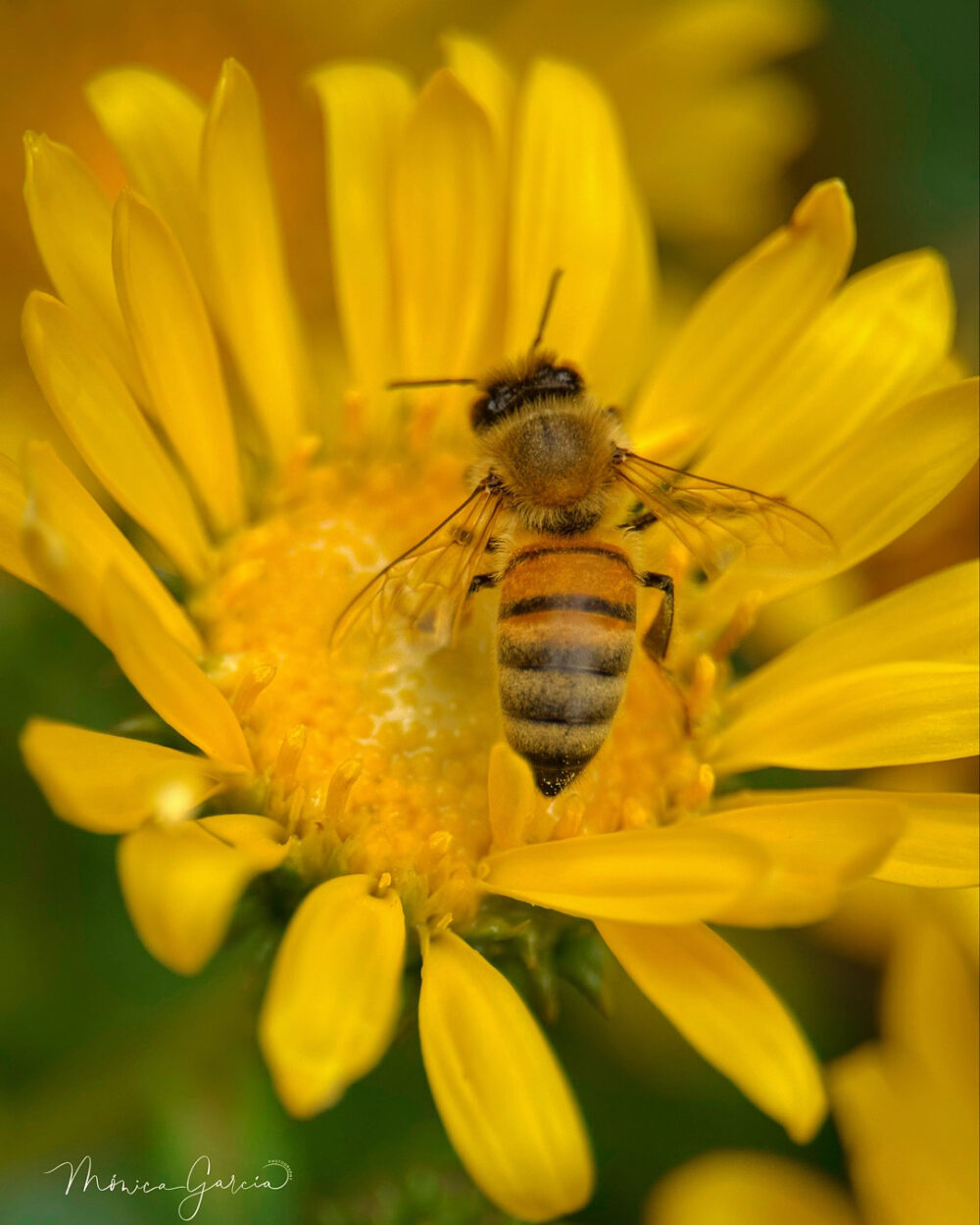
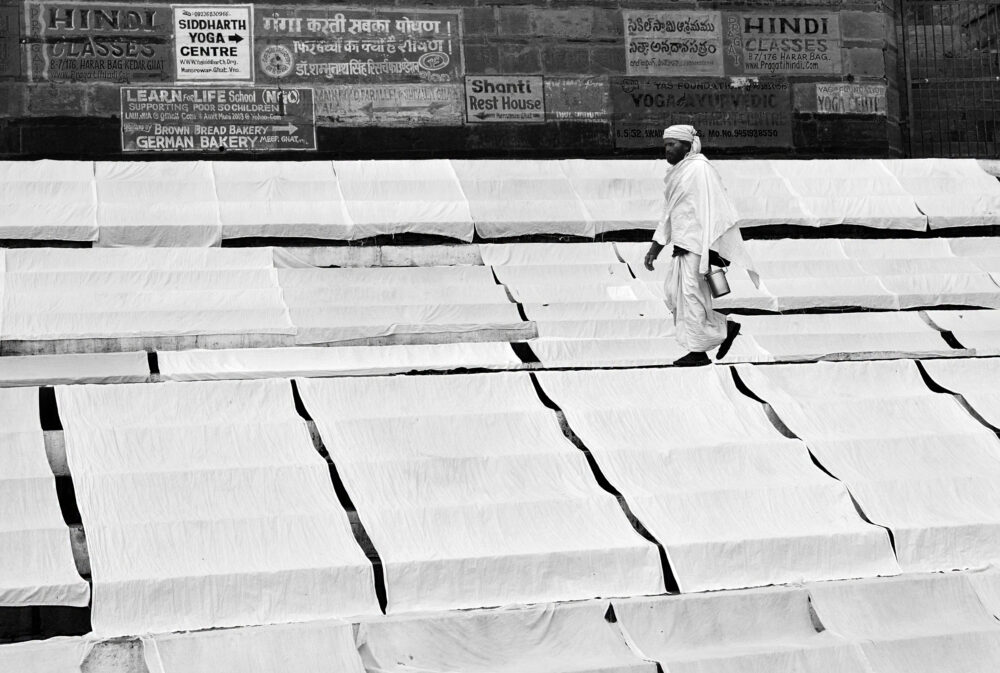
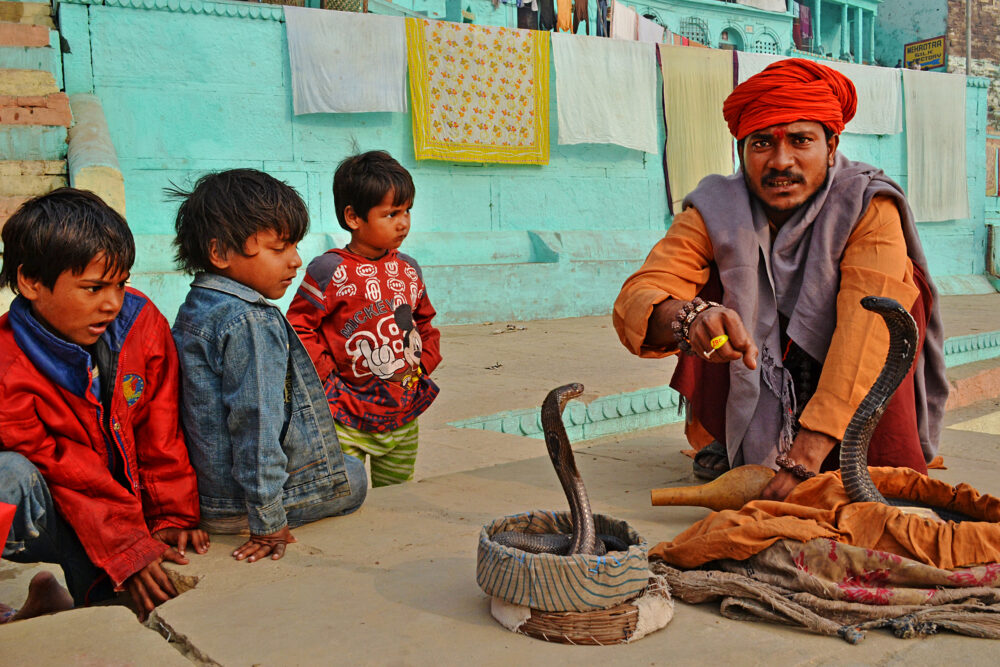
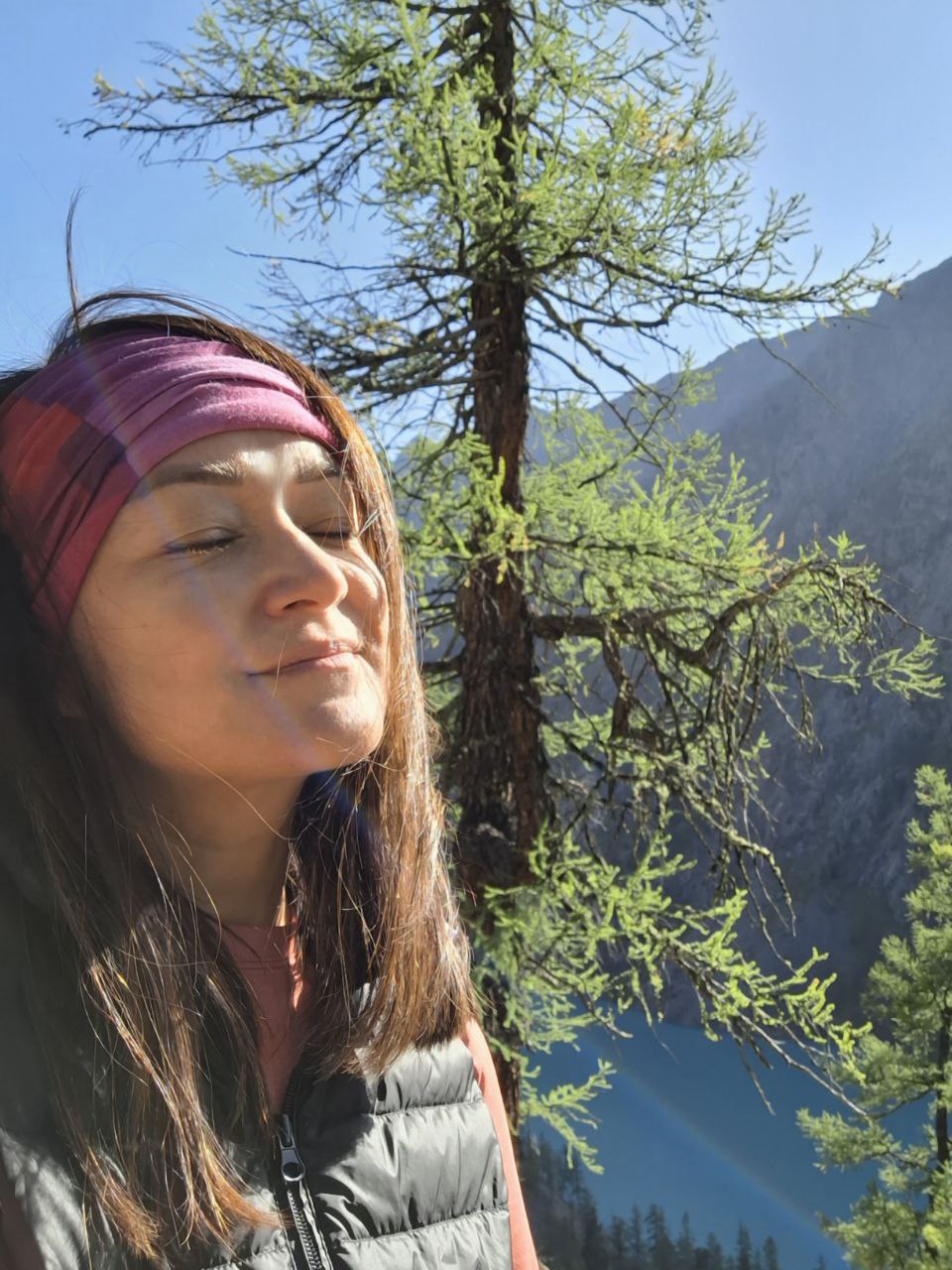
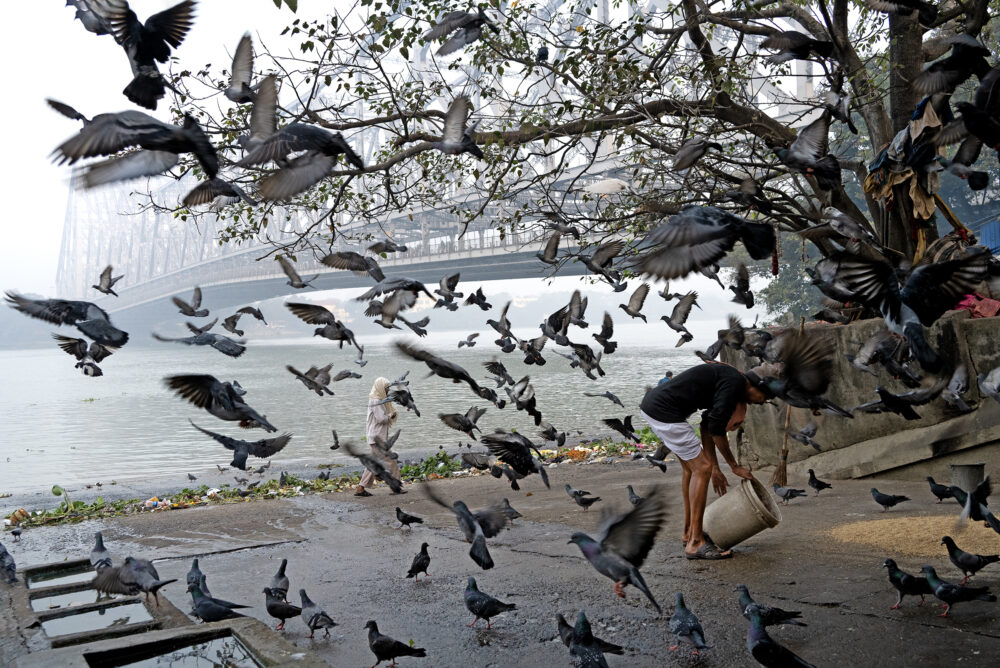
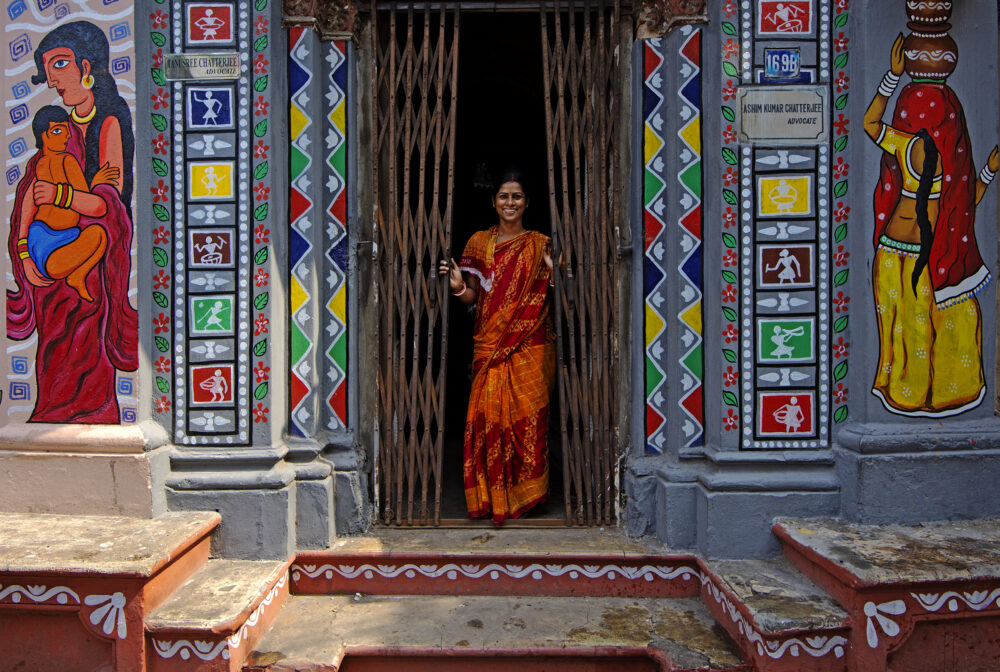

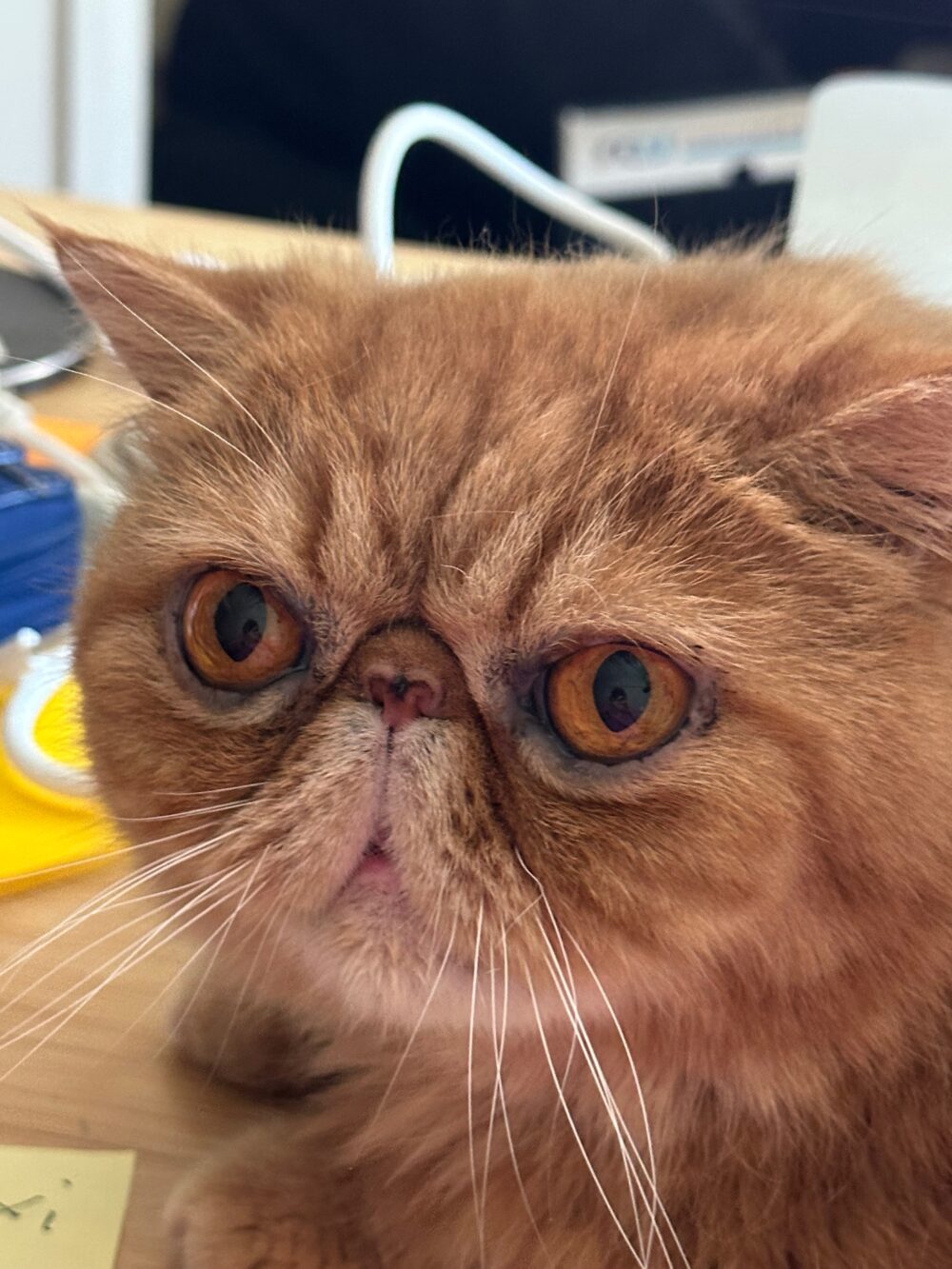
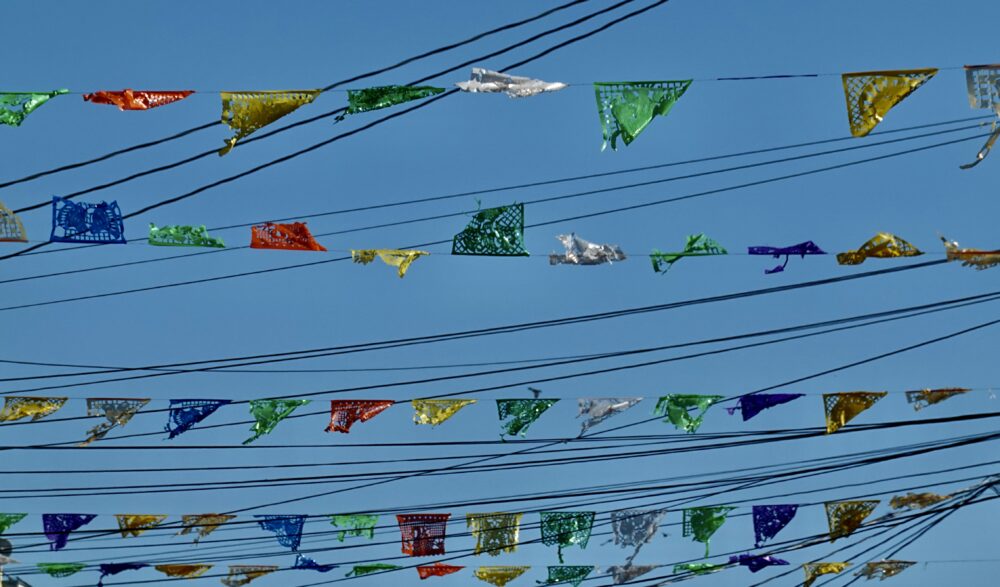
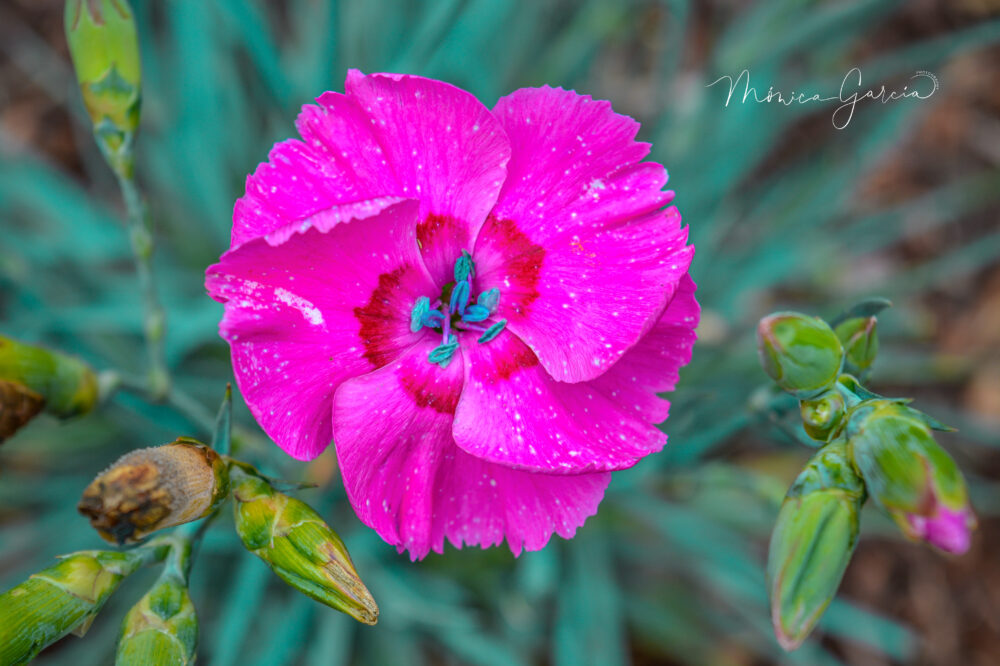
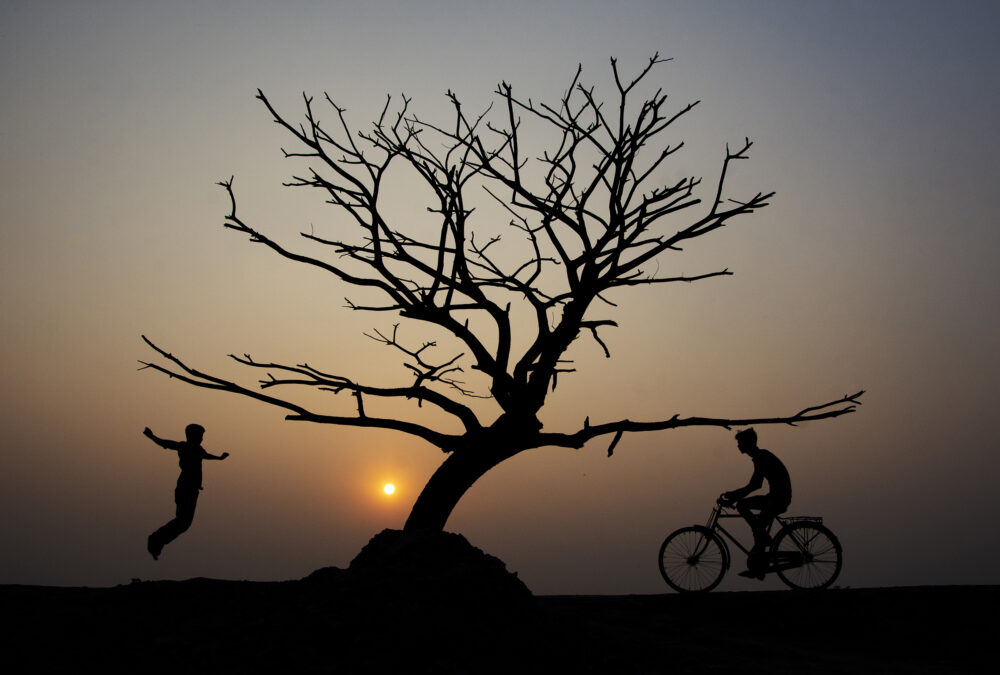
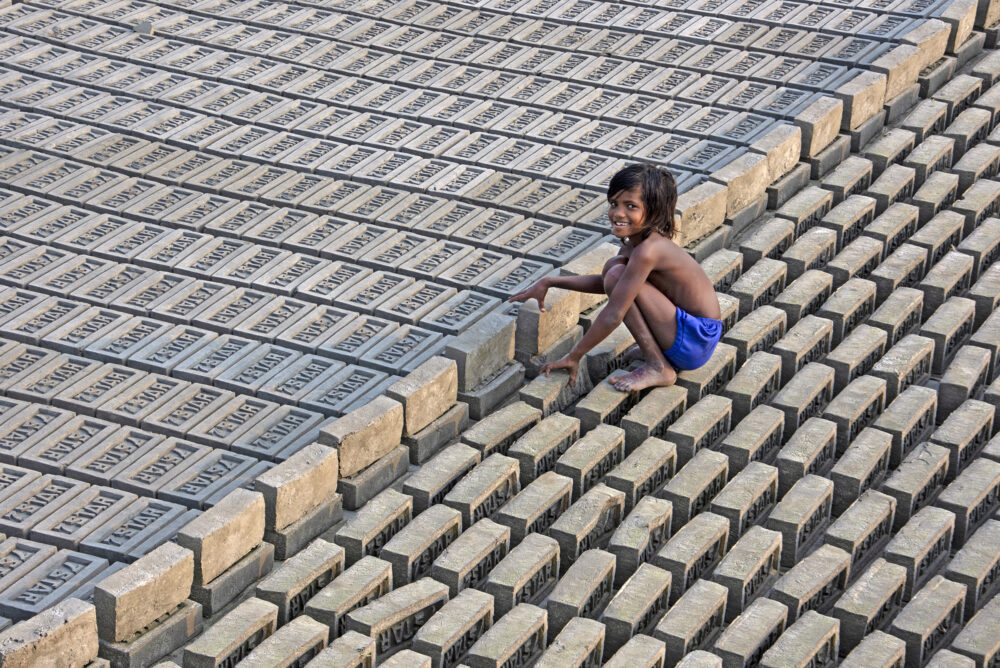
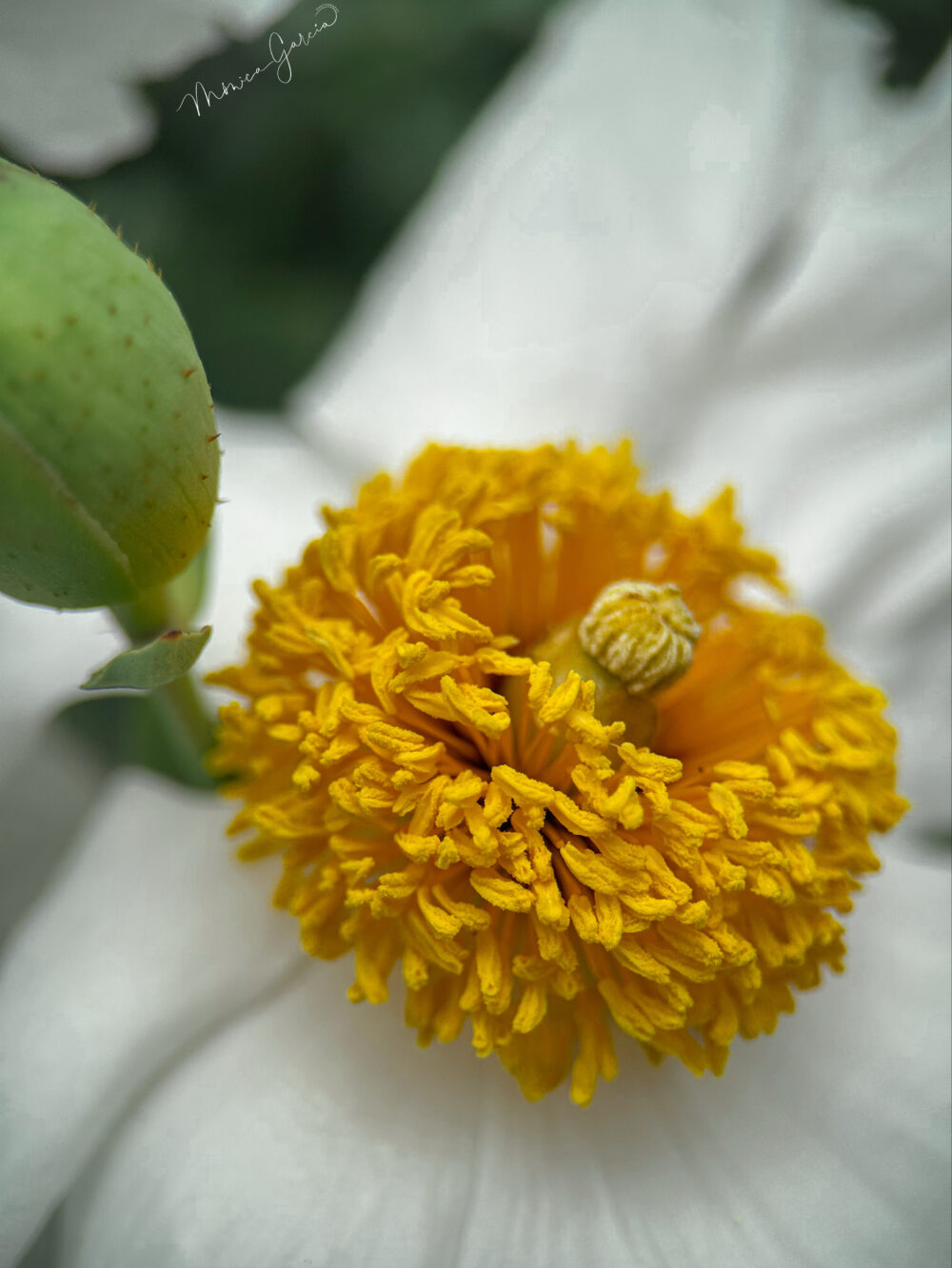



1 thought on “Creating a Narrative (Part 7/8)”
Beautiful
Thank you
❣️